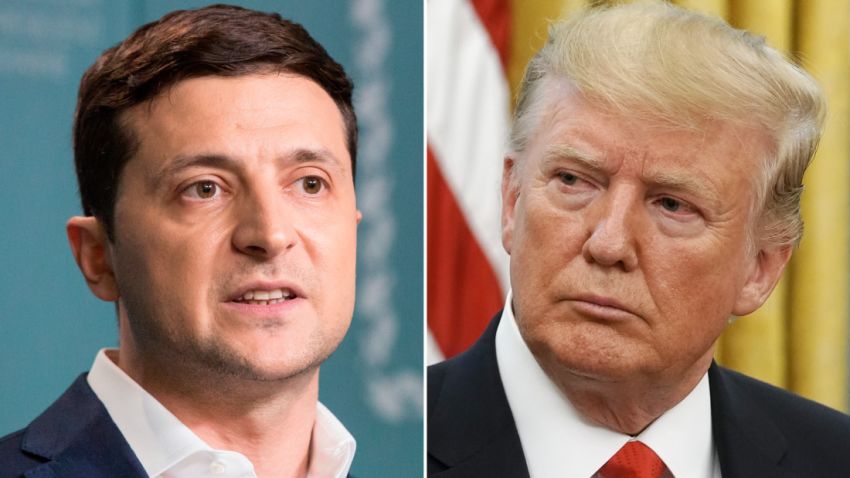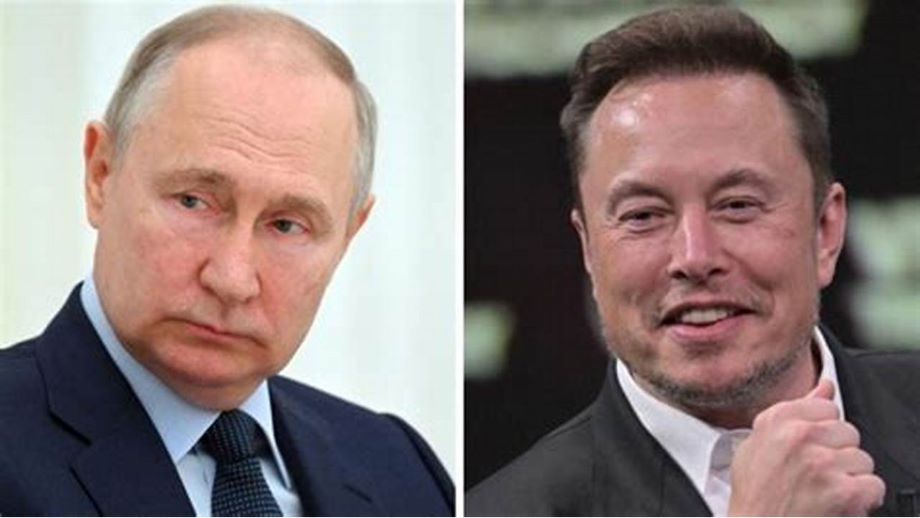Anamika Dey editor
Synopsis
- Ukraine and us are in talks for a deal to jointly develop Ukraine’s resources including rare Earths and minerals.
- The deal is Being Framed by Trump as repayment for USA to Ukraine and valued at 500 billion dollars. However, Ukraine has disputed that figure.
- The majority of Ukraine’s mineral wealth is in the areas that are in the Russian controlled parts of the country and there are questions about accessibility and the value of such resources
Detailed
Experts caution that there are still questions over the value and accessibility of such resources, despite the fact that Ukraine may have been able to turn the tide in its tense relations with the United States by providing the administration of President Donald Trump with access to its essential minerals as part of broader peace negotiations.
Volodymyr Zelenskyy, the President of Ukraine, is scheduled to travel to Washington on Friday in order to potentially sign a deal with President Trump. This agreement would create a situation in which Ukraine and the United States would work together to cooperatively develop and capitalize on Ukraine’s reserves of rare earths, vital minerals, oil, gas, and other natural resources.
Before, Trump had stated that he considered the transaction to be repayment for the assistance that the United States had provided to Ukraine throughout the conflict with Russia. He also asserted that the contract was worth $500 billion.
During his speech on Thursday, the President of the United States stated that the economic accord will contribute to the prevention of additional aggression from Russia. Because we will be working in the country, we are a backup plan because we will be operating in that location. A statement that he made in the Oval Office was that “that is a great thing economically for them.”
The “framework agreement,” as Ukraine referred to it on Wednesday, did not, however, make any reference to the sum of $500 billion or the overall worth of the contract. Already, Ukraine has strongly contested the fact that it owes such a sum to the United States.
Generally speaking, there is no disagreement over the fact that Ukraine possesses “significant deposits of rare earths,” as stated by the United Nations. Deposits of rare earth metals such as lithium and cobalt, which are widely used in rechargeable batteries for electronic devices, as well as scandium, which is an alloying agent with aluminum, graphite, which is used in the production of electric vehicle batteries, tantalum, which is also used in electronic devices, and niobium, which is used to make steel lighter and stronger, are believed to provide the country with a wealth of resources.
“Approximately five percent of all the world’s ‘critical raw materials’ are located in Ukraine, which occupies only four percent of the Earth’s surface,” Svetlana Grinchuk, the Deputy Minister of Environmental Protection and Natural Resources for Ukraine, stated in the year 2022.
As a result of Russia’s occupation of a portion of Ukraine and the major reconstruction process that the country will have to go through after the conflict, analysts believe that there are a great number of questions that have not been answered regarding the magnitude of Ukraine’s rare earths and critical minerals reserves. Additionally, there are concerns regarding the accessibility of these deposits.
They also doubt the eventual value of an agreement between the United States and Ukraine in light of the fluctuating demand for natural resources of this kind.
A database of Ukraine’s essential minerals has been prepared by the KSE Institute, which is a think tank inside the Kyiv School of Economics. Nataliia Shapoval, the president of the KSE Institute, stated that President Trump’s demand for reserves worth $500 billion was “theoretically possible.”
Earlier this month, Shapoval gave a video chat to CNBC in which he stated, “I believe there will be some alignment to this figure that Trump mentioned.” The legitimacy of some of the contemporary assessments of the Soviet era, on the other hand, was called into question by her.
She continued by saying, “Other estimates are still considered confidential.” “The numbers are lower there, and it’s possible that they are not even in the trillions.”
The part that is not ideal
To complicate matters, however, the majority of Ukraine’s mineral wealth is located in the predominantly Russian-controlled areas of Luhansk and Donetsk, which are located in eastern Ukraine. Additionally, the majority of the country’s mineral wealth is located in central Dnipropetrovsk, as well as in the southern region of Zaporizhzhia, which is also partially held by Russia.
The fact that such regions are highly mined makes it extremely challenging to extract resources in the future. In addition, there is an ongoing conflict in those regions, which makes access to those regions dependant on the conclusion of the war and any subsequent peace contract.
There has been a lot of talk about the “rare earth” minerals that Ukraine possesses, but according to the specialists at the Atlantic Council, the country does not in reality possess a significant amount of rare-earth elements.
Reed Blakemore, director of research and programs at the Global Energy Center of the Atlantic Council, made the following statement online on Wednesday: “What it has instead is significant reserves of titanium, graphite, and lithium, which are foundational resources for the United States defense industry and wider high-tech economy.”
However, he pointed out that the resolution of the current conflict will determine whether or not these minerals, along with other sources of aluminum and hydrocarbons, may be accessed.
According to Reed, “a significant portion of these resources, both active and underexplored, are located in the eastern third of Ukraine.”
Earlier this week, geopolitical expert Robert Muggah, who is also the founder of the consultancy SecDev Group and a frequent commentator on Ukraine’s critical minerals, made the observation that although Ukraine may be an appealing proposition for investment partners who are looking to monetize its critical minerals, “actually getting it out of the ground is an entirely different matter.”
During an interview on X, he stated that Russia presently occupies more than sixty percent of the coal mines in Ukraine, as well as a portion of the caesium, lithium, manganese, and rare earth reserves. This may potentially prevent Ukraine from receiving money and further strengthen Russian influence across supply chains.
Despite the fact that the minerals have been mined, there will still be further challenges to accomplish.
Reed, who works for the Atlantic Council, made the observation on Wednesday that China continues to be the leading market power in the minerals refining and processing industry.
It is possible that additional infrastructure will be required in order to guarantee that the newly acquired mineral ores do not flow toward Beijing in order for a deal to truly de-risk the supply chain of minerals in the United States. He claimed that at the present time, “the United States does not possess the infrastructure necessary to transport and refine these ores in Europe or North America on a large scale.”
Source :




